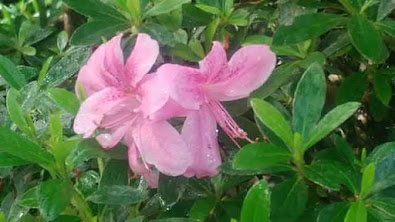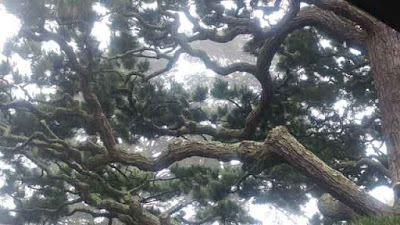 |
| By Jennie Augusta Brownscombe - Stedelijk Museum De Lakenhal |
Four hundred years ago, after setting up a little village in Plymouth, Massachusetts, about 100 Pilgrims were facing what turned out to be a brutal winter. They were industrious, pious Christians who decided to organize their efforts and pool their resources as a commune. This they thought would be the right thing to do.
After all, there was biblical precedent. There was an example described in Acts 2:44-45, "And all that believed, were in one place, and had all things common. And...parted them to all men, as everyone had need." (1559 Geneva Bible) But what was described in the book of Acts was not prescribed for the rest of the Church, nor did it continue as a general practice.
It certainly didn’t work for the Pilgrims. Their Governor, William Bradford, wrote, “no supply was heard of, neither knew they when they might expect any” from abroad. By the spring of 1621, half of their number had died from starvation. Disease and exposure to the harsh weather also took a heavy toll.
Bradford observed that communal living “was found to breed much confusion and discontent and retard much employment that would have been to their benefit and comfort.”
Claims of victim-hood abounded, and there was a lot of complaining. “...[T]he young men, that were most able and fit for labour and service, did repine that they should spend their time and strength to work for other men's wives and children without any recompense. The strong, or man of parts, had no more in division of victuals and clothes than he that was weak and not able to do a quarter the other could; this was thought injustice. The aged and graver men to be ranked and equalized in labours and victuals, clothes, etc., with the meaner and younger sort, thought it some indignity and disrespect unto them. And for men's wives to be commanded to do service for other men, as dressing their meat, washing their clothes, etc., they deemed it a kind of slavery, neither could many husbands well brook it.”
Personal relationships were frayed. “Upon the point all being to have alike, and all to do alike, they thought themselves in the like condition, and one as good as another; and so, if it did not cut off those relations that God hath set amongst men, yet it did at least much diminish and take off the mutual respects that should be preserved amongst them. And would have been worse if they had been men of another condition.”
The faulty principle "From each according to his ability, to each according to his needs" popularized later by Karl Marx failed them, as it always does, so the survivors decided to try something different.
Bradford recalled, “...they began to think how they might raise as much corn as they could, and obtain a better crop than they had done, that they might not still thus languish in misery. At length, after much debate of things, the Governor (with the advice of the chiefest amongst them) gave way that they should set corn every man for his own particular, and in that regard trust to themselves; in all other things to go on in the general way as before. And so assigned to every family a parcel of land, according to the proportion of their number, for that end, only for present use (but made no division for inheritance) and ranged all boys and youth under some family."
Everyone was charged with being responsible for his own well-being and that of his family. Rather than making matters worse, the strategy was quite successful.
Governor Bradford wrote, “...it made all hands very industrious, so as much more corn was planted than otherwise would have been by any means the Governor or any other could use, and saved him a great deal of trouble, and gave far better content. The women now went willingly into the field, and took their little ones with them to set corn; which before would allege weakness and inability; whom to have compelled would have been thought great tyranny and oppression.”
To be sure, the Pilgrims were greatly aided by the Native Americans in the vicinity, some of whom spoke English. The true story of Wampanoag Tisquantum – aka Squanto – is fascinating, but it’s a tale to be left for another time.
The lesson for Governor Bradford and his band was this:
"The experience that was had in this common course and condition, tried sundry years and that amongst godly and sober men, may well evince the vanity of that conceit of Plato's and other ancients applauded by some of later times; that the taking away of property and bringing in community into a commonwealth would make them happy and flourishing; as if they were wiser than God. Let none object this is men's corruption, and nothing to the course itself. I answer, seeing all men have this corruption in them, God in His wisdom saw another course fitter for them."
Theirs is an education that needs to be taken to heart today.
Return to GoGardenNow.com.























































